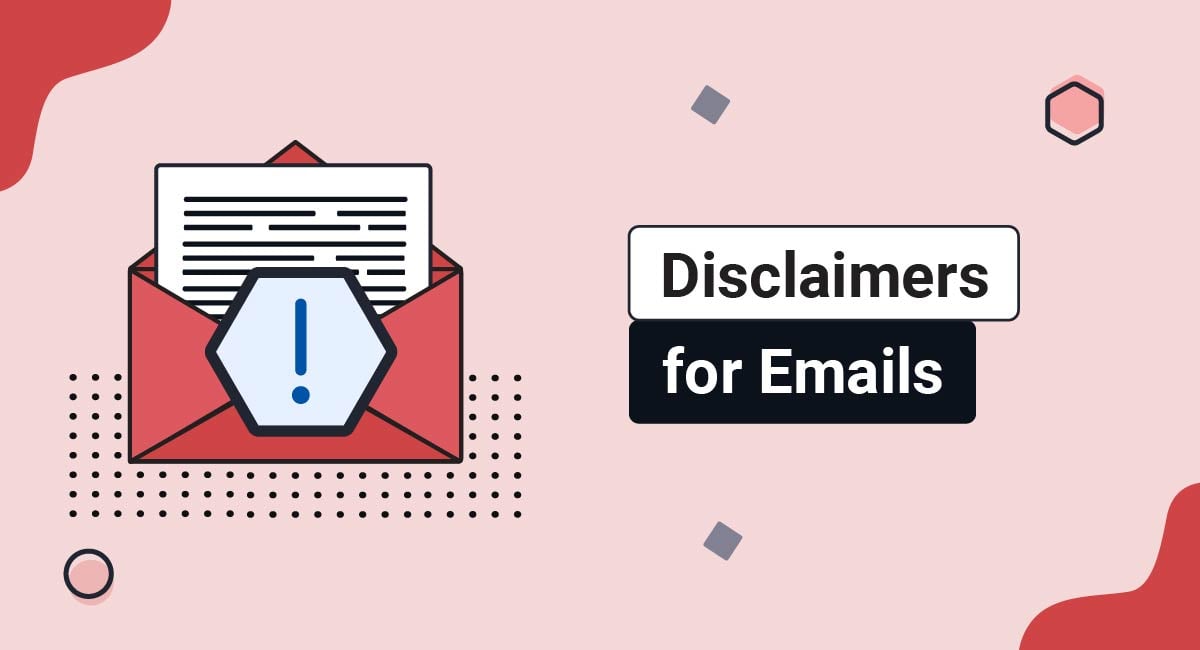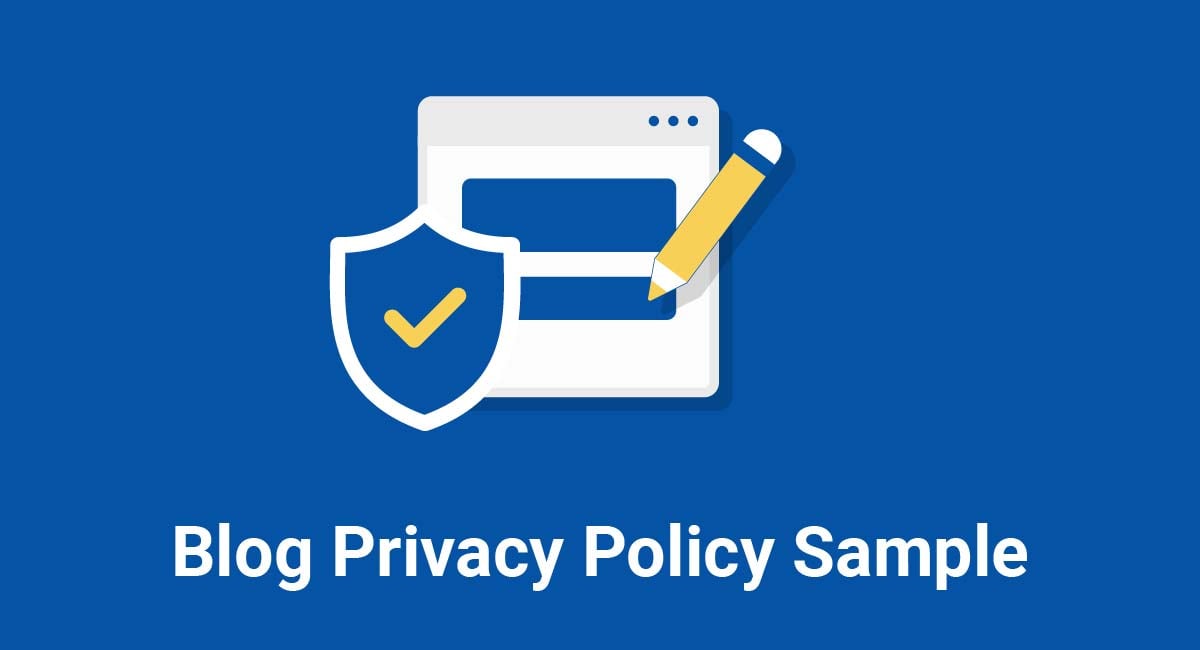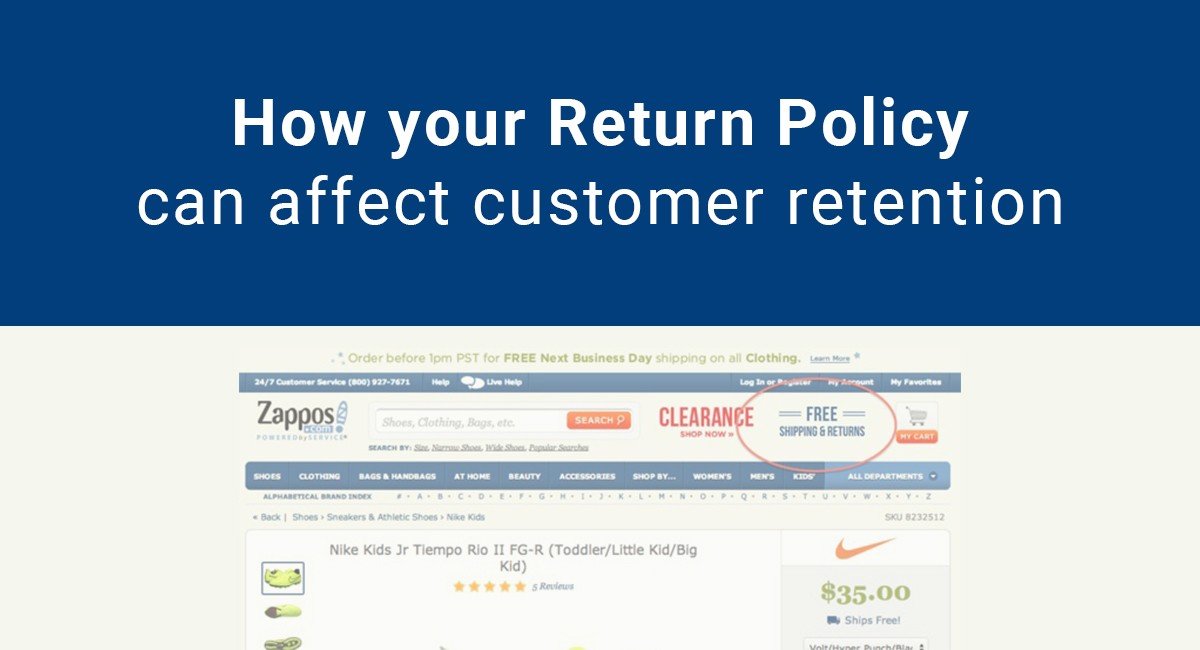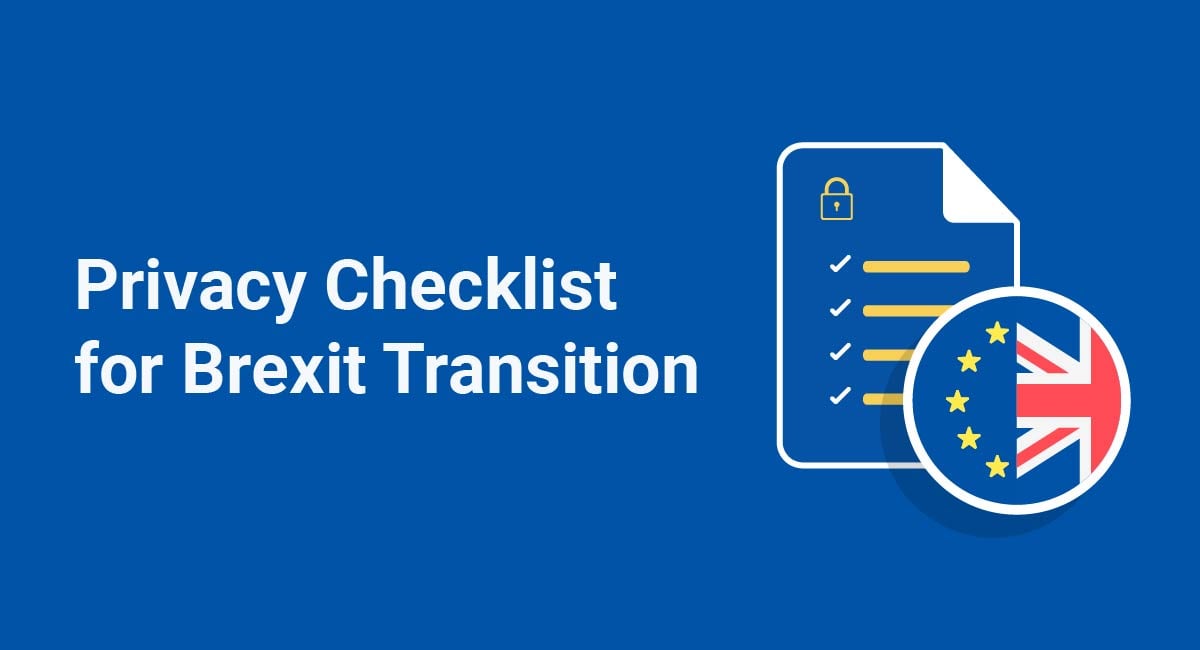An email disclaimer is the small print at the bottom of an email that communicates how recipients should use the material contained within the email.
This article will go over what email disclaimers are used for, whether they are legally required, types of email disclaimers, and how you can draft your own effective email disclaimers.
Our Disclaimer Generator can generate a legal disclaimer for your business, website or mobile app. Just follow these steps:
-
At Step 1, select where your Disclaimer will be used.
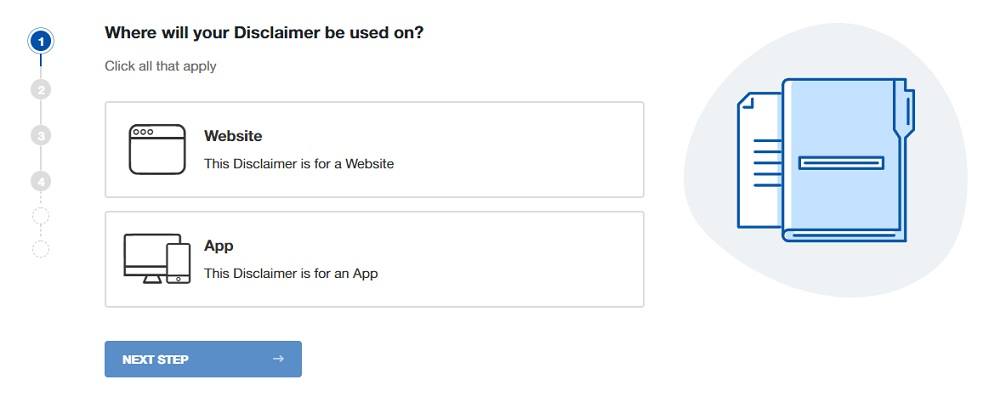
-
At Step 2, add in information about your website/app and business.
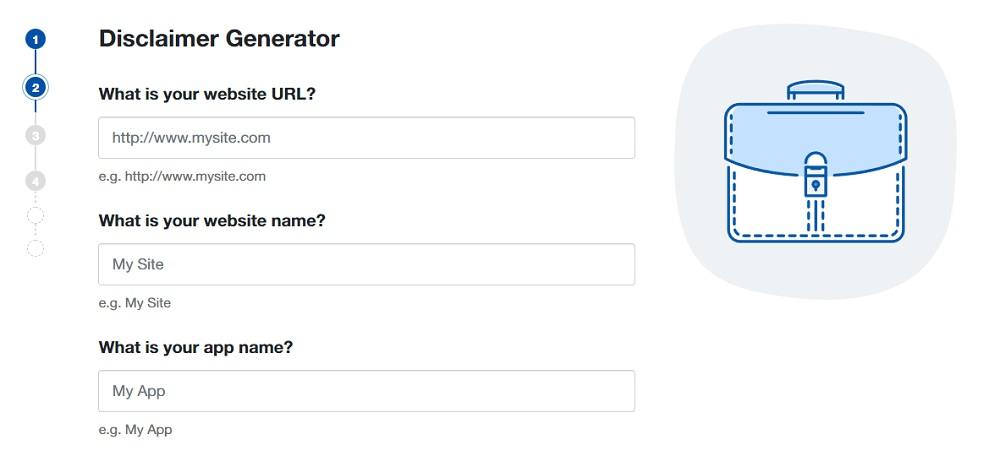
-
Answer some questions about your business practices.
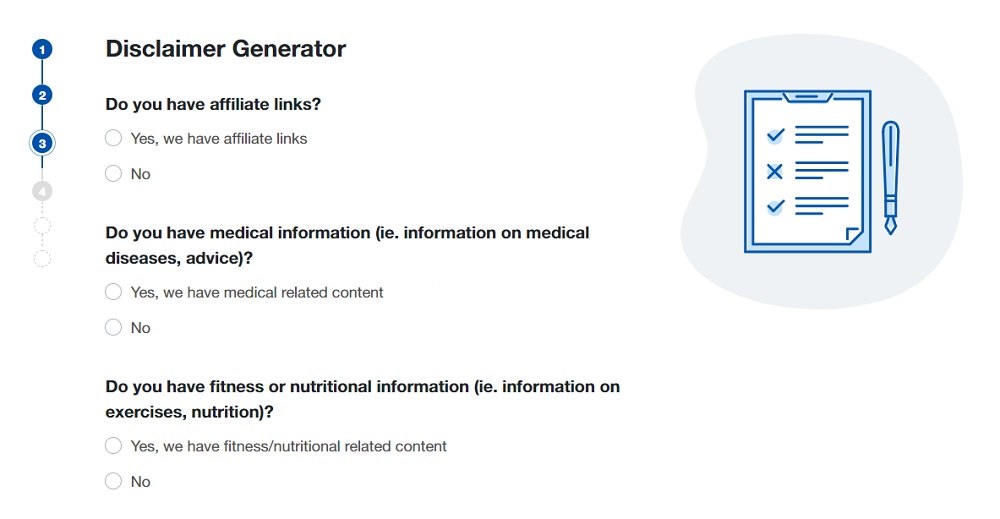
-
Enter an email address where you'd like to receive your Disclaimer and click "Generate."
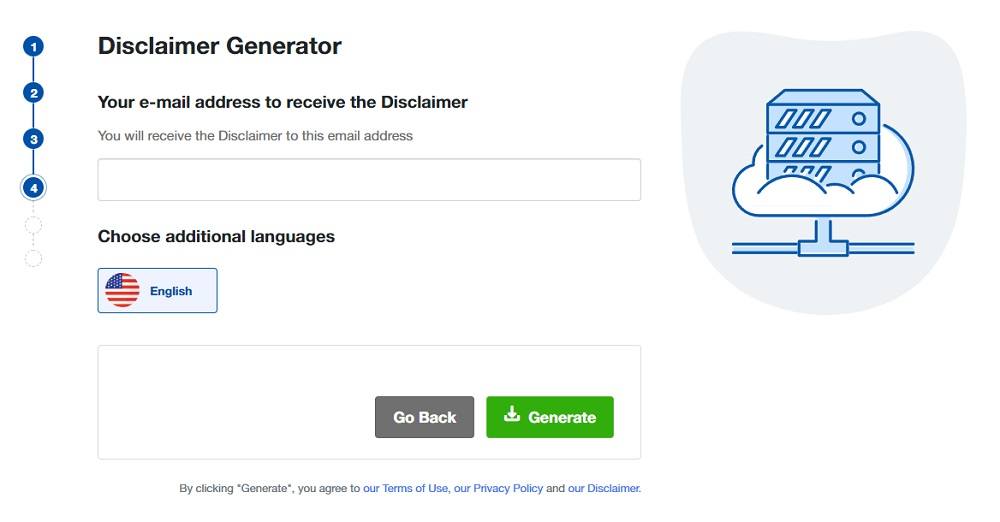
Done! You'll be able to instantly access and download your new Disclaimer.
- 1. What is an Email Disclaimer?
- 1.1. Communication
- 1.2. Confidentiality
- 1.3. Liability
- 2. Are Email Disclaimers Legally Required?
- 3. Different Types of Email Disclaimers
- 3.1. Affiliate Disclaimer
- 3.2. Confidentiality Disclaimer
- 3.3. External Email Disclaimer
- 3.4. Health and Medical Disclaimer
- 3.5. Limitation of Liability Disclaimer
- 3.6. Non-Binding Disclaimer
- 3.7. Views Expressed Disclaimer
- 3.8. Virus Disclaimer
- 3.9. Unsubscribe Disclaimer
- 4. How to Draft Your Own Email Disclaimers
- 5. How to Display Your Email Disclaimer in Gmail
- 6. Summary
What is an Email Disclaimer?
An email disclaimer serves to inform the recipient as to how the content of the email should be used, and is typically placed below your email signature.
Email disclaimers are used for many reasons, including communication, confidentiality, and liability purposes.
Communication
Disclaimers can help to protect your company by letting recipients know that your emails do not represent a contract of any sort.
Disclaimers can also familiarize your recipients with their legal rights and responsibilities.
Confidentiality
Some emails may contain privileged information, which is legally protected confidential content that should only be shared between the sender and the intended recipient, and cannot be subpoenaed.
An email disclaimer can help to protect confidential or privileged information contained within your email, especially if the email is accidentally sent to the wrong person.
Liability
An email disclaimer can serve to inform recipients that you are not to be held liable for any viruses that are transmitted through your emails.
A disclaimer can also be used to notify recipients that you are not responsible for the views of your employees.
Are Email Disclaimers Legally Required?

While you are not legally required to add disclaimers to your emails, you should take into account the requirements of any privacy legislation that affects your consumers, and make sure that you are taking steps to comply with anti-spam laws.
Email disclaimers can contribute to a comprehensive legal protection plan for your business, especially when combined with actions such as providing access to your Privacy Policy and Terms and Conditions agreement and keeping the personal information you collect secure.
Including an email disclaimer in your business correspondence is a simple way to show consumers that your company's communication practices are legitimate and trustworthy.
There are certain situations where it would be in your best interest to add specific disclaimers to your emails. These situations include whenever you:
- Email certain groups of people
- Have access to individuals' health information
- Send commercial emails or emails containing confidential information
For example, the Health Insurance Portability and Accountability Act (HIPAA) requires those who have access to individuals' personal health information to disclose how they use, share, and protect that information.
Healthcare providers, health plans (except for employer-run health plans with less than 50 participants), healthcare clearinghouses, and business associates (such as those that provide billing or claims services) are all subject to the HIPAA Privacy Rule. Including a health or medical disclaimer in your emails can help you stay compliant with HIPAA.
Confidential information can include privileged information, personal information that can be used to identify an individual, and private or protected information, such as trade secrets.
Any time you send an email that contains privileged or confidential information, it's a good idea to include a disclaimer letting anyone reading the email know that the contents are meant for the intended recipient only.
Different Types of Email Disclaimers

There are several different types of email disclaimers that you can choose from. You don't have to use all of these disclaimers. Choose only the ones that apply to your business.
Affiliate Disclaimer
If you engage in affiliate marketing, you should consider including an affiliate disclaimer at the end of your emails. Affiliate disclaimers are actually required by the FTC in the U.S. in certain circumstances, and adding one to your email signature can help elevate your compliance there.
Here's an example of what a simple affiliate disclaimer can look like:

Confidentiality Disclaimer
A confidentiality disclaimer helps to ensure that if your emails make it to the wrong recipients, you're noting that the content within it is not meant for anyone other than who the email was actually intended to go to. It can let the recipient know that if the email was sent to the wrong person then it should be deleted right away.
The African Banking Corporation's Disclaimer and Confidentiality Note informs users that any emails containing a link to the Note are meant for the recipient's eyes only, and that anyone who may receive a missent email should delete it immediately:
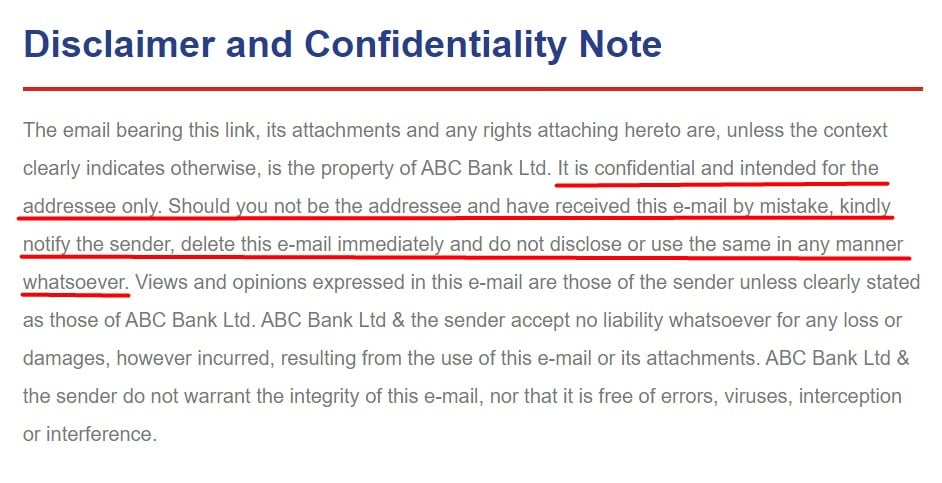
External Email Disclaimer
An external email disclaimer is different from other disclaimers, as it is added by your business to emails that are sent from external sources. Many businesses add this type of disclosure to the top of any email that comes from a source outside of their organizations.
San Jacinto College adds a message to emails that come from outside of its school system cautioning recipients to check that attachments are safe before opening them:
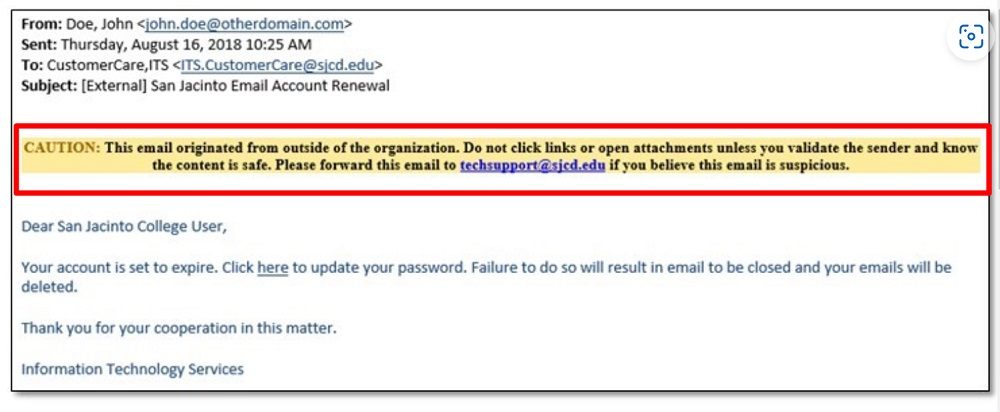
Health and Medical Disclaimer
A health disclaimer should be used by any company (such as a medical or dental practice) that collects or transmits individuals' personal health information via email. This type of disclaimer should let recipients know how your business uses and shares their personal health data, as well as how people can access their personal information.
Here's an example of this type of disclaimer from OptumRX that lets users know that an attached document contains protected health information that it is legally obligated to keep safe:

Another style of a health or medical disclaimer can be seen here from iHerb, which notes that the site's content is not intended to be medica advice and encourages people to consult with a healthcare professional:

Limitation of Liability Disclaimer
A liability disclaimer lets recipients know that your business can not be held responsible for any damages that may occur from opening your emails or accessing your app or website. It informs recipients that how they interpret and what they choose to do with the information contained within your emails is solely their responsibility.
Here's an example from Nikola Motor of a standard Limitations of Liability clause that informs users that the company is not liable for any damages that may occur due to presumed negligence:
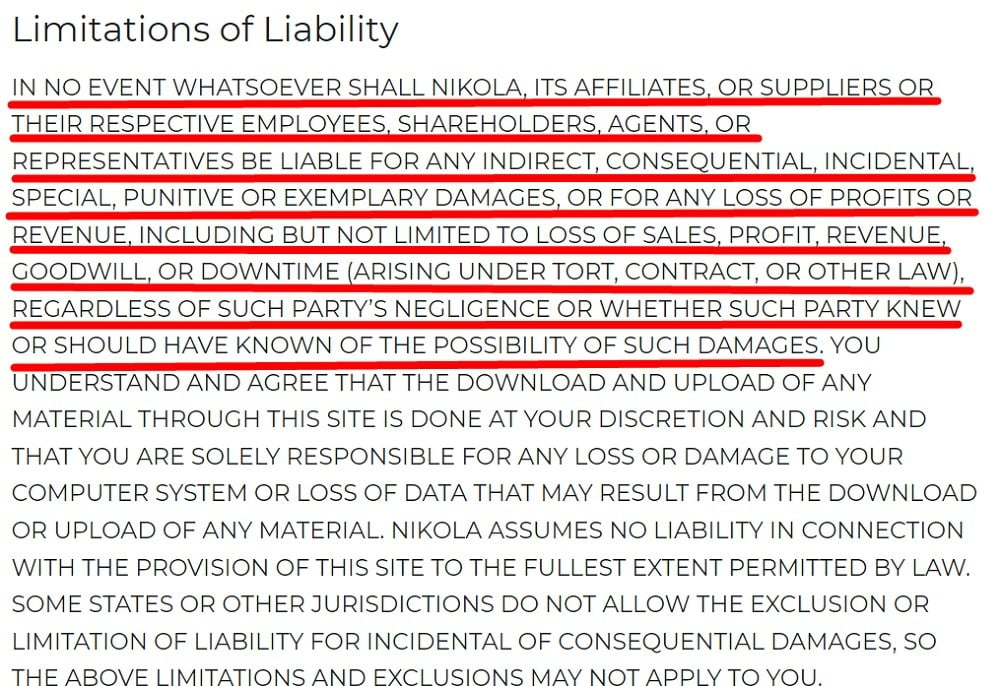
Non-Binding Disclaimer
If you have a business with several employees, then it's a good idea to include a non-binding disclaimer.
A non-binding disclaimer informs recipients that emailed communication from anyone at your company cannot serve as a binding agreement unless clearly specified. It tells recipients that your email is for informational purposes only and does not constitute a legally binding contract.
Waxaxe shows how short and simple a non-binding disclaimer can be:

Views Expressed Disclaimer
A views expressed disclaimer is another good choice for businesses with multiple employees. While a company can be held liable for emails sent by its employees, a views expressed disclaimer may help to provide some legal protection.
This type of disclaimer lets recipients know that any opinions or views expressed within the email is that of the author, and is not necessarily shared by the company at large.
Experian includes such a disclaimer as seen here:

Virus Disclaimer
If you tend to send emails that include links or attachments then it's a good idea to add a virus disclaimer.
This type of disclaimer lets recipients know that while your company does its due diligence in providing secure electronic communications, it is not responsible for any viruses recipients may get from opening your emails.
St. Vincent's University Hospital's Email Disclaimer includes a section that lets its recipients know that it has done everything it can be expected to do to keep its emails virus-free, and encourages individuals to scan attachments for viruses before opening them:
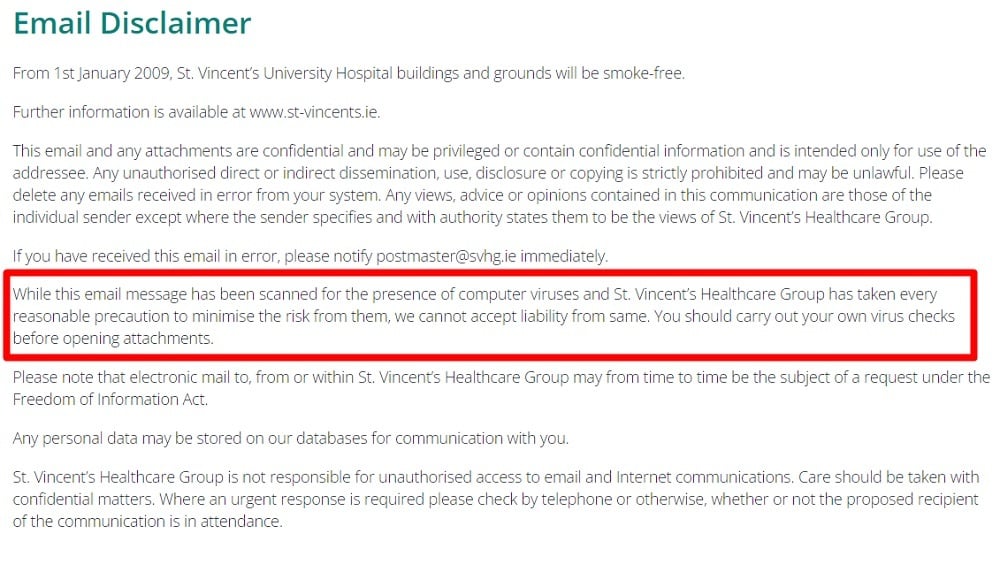
Unsubscribe Disclaimer
Anti-spam laws in Australia, Canada, the EU, and the United States require that businesses that send out digital newsletters or other marketing emails provide recipients with an unsubscribe option.
It's important to make your unsubscribe link easy to find, and to clearly explain how people can opt out of receiving emails from you.
When users wish to unsubscribe from Appfolio's emails, a link takes them to an unsubscribe form that includes a customer service improvement questionnaire as well as links to its Privacy Policy and Terms of Service:
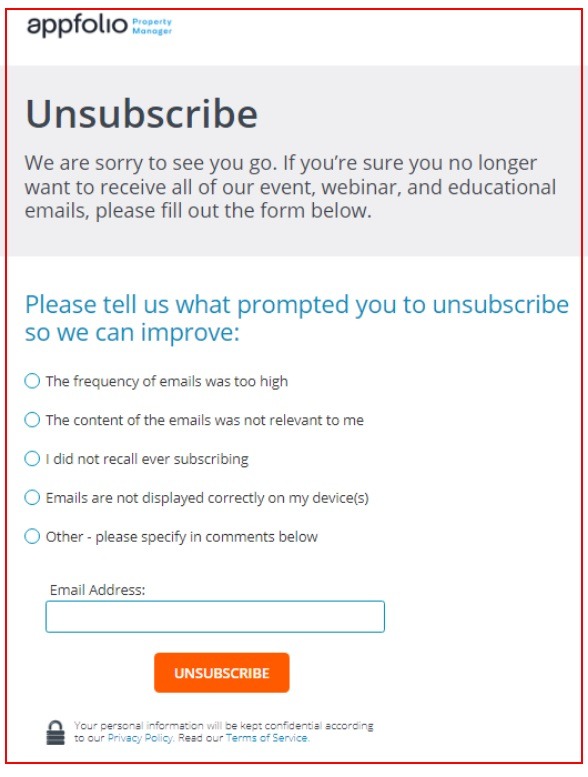
Now that we have gone over some common types of email disclaimers, let's talk about how you can draft your own disclaimers.
How to Draft Your Own Email Disclaimers

You can draft your own email disclaimers in a few simple steps:
- Decide what rights you want to protect
- Write your disclaimer in clear, simple language
- Display your disclaimer appropriately
Think about what rights you want to protect. Are you dealing with personal health information or confidential or privileged information? Are you including affiliate links, attachments, or advertisements for your products or services?
Be sure to write disclaimers that suit your specific needs.
You want to write your disclaimer in straightforward language that the average person can understand. There is no need to use complicated language or legalese. The point isn't to impress lawyers, but to inform the people you email about what their rights and responsibilities are.
Add your disclaimer to your email's footer/signature, where people know to look for relevant, important information.
How to Display Your Email Disclaimer in Gmail
In order to add your email disclaimer to your Gmail account's signature, follow these simple steps.
First, login to your account and open the Settings menu by clicking on the gear icon in the upper right hand corner of your screen:
![]()
Click on See all settings. When the menu opens, scroll down to Signature and click on Create new:

Give a name your new signature and enter your disclaimer text to the text box:

When done, scroll down and click on Save Changes. Your disclaimer will now be automatically added to the bottom of all of the emails you send out.
Summary
An email disclaimer is a form of communication that helps to protect your business and to inform the people you email about their rights and obligations.
While email disclaimers are not legally required in most cases, they can help limit your legal liability while keeping your customers informed of important information.
Some common types of email disclaimers include:
- Affiliate
- Confidentiality
- External Email
- Health and Medical
- Limitation of Liability
- Non-Binding
- Views Expressed
- Virus
- Unsubscribe
After drafting your relevant disclaimers, simply add them to your email's footer or signature section so your email recipients will view them.

Comprehensive compliance starts with a Privacy Policy.
Comply with the law with our agreements, policies, and consent banners. Everything is included.
